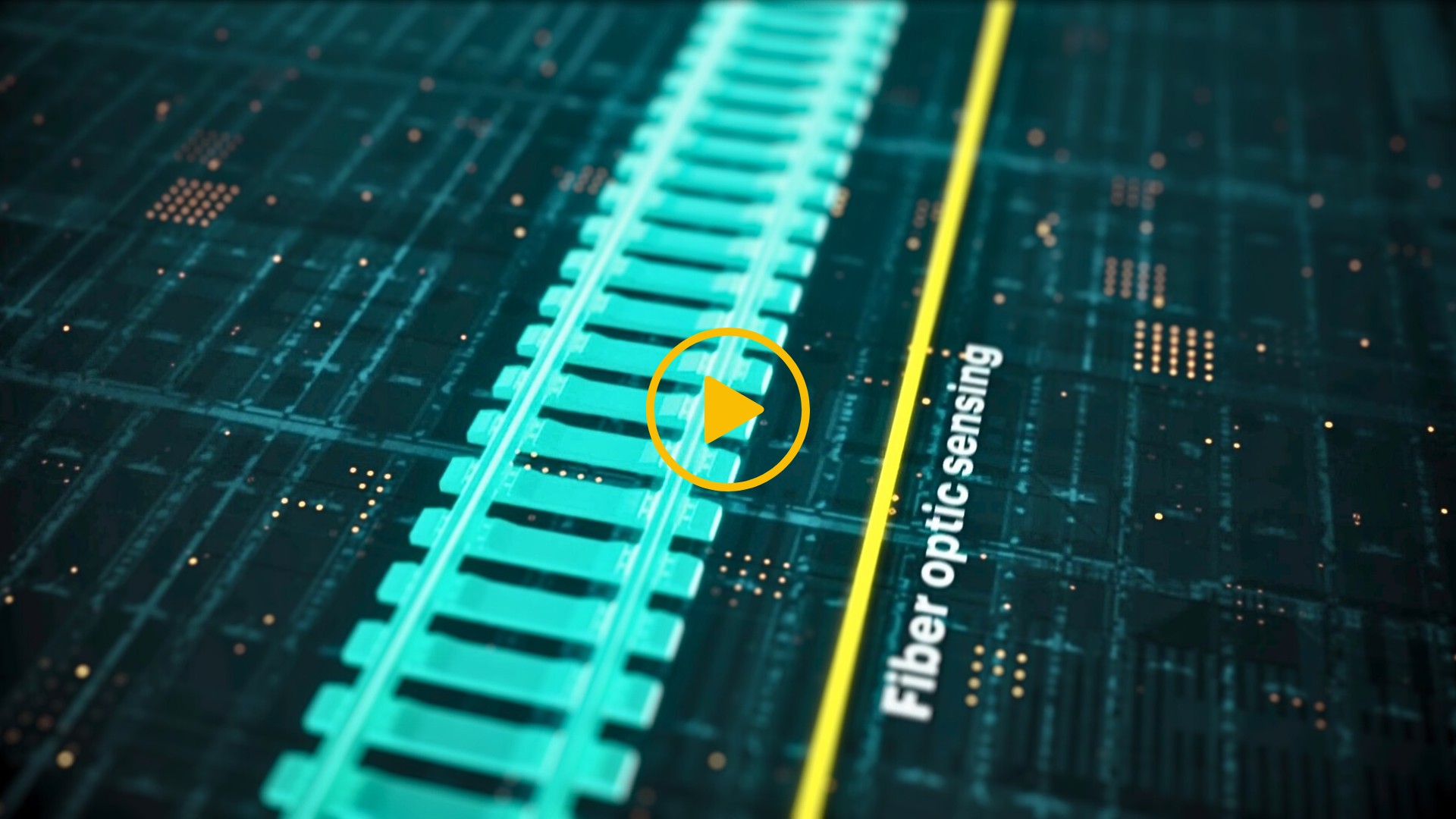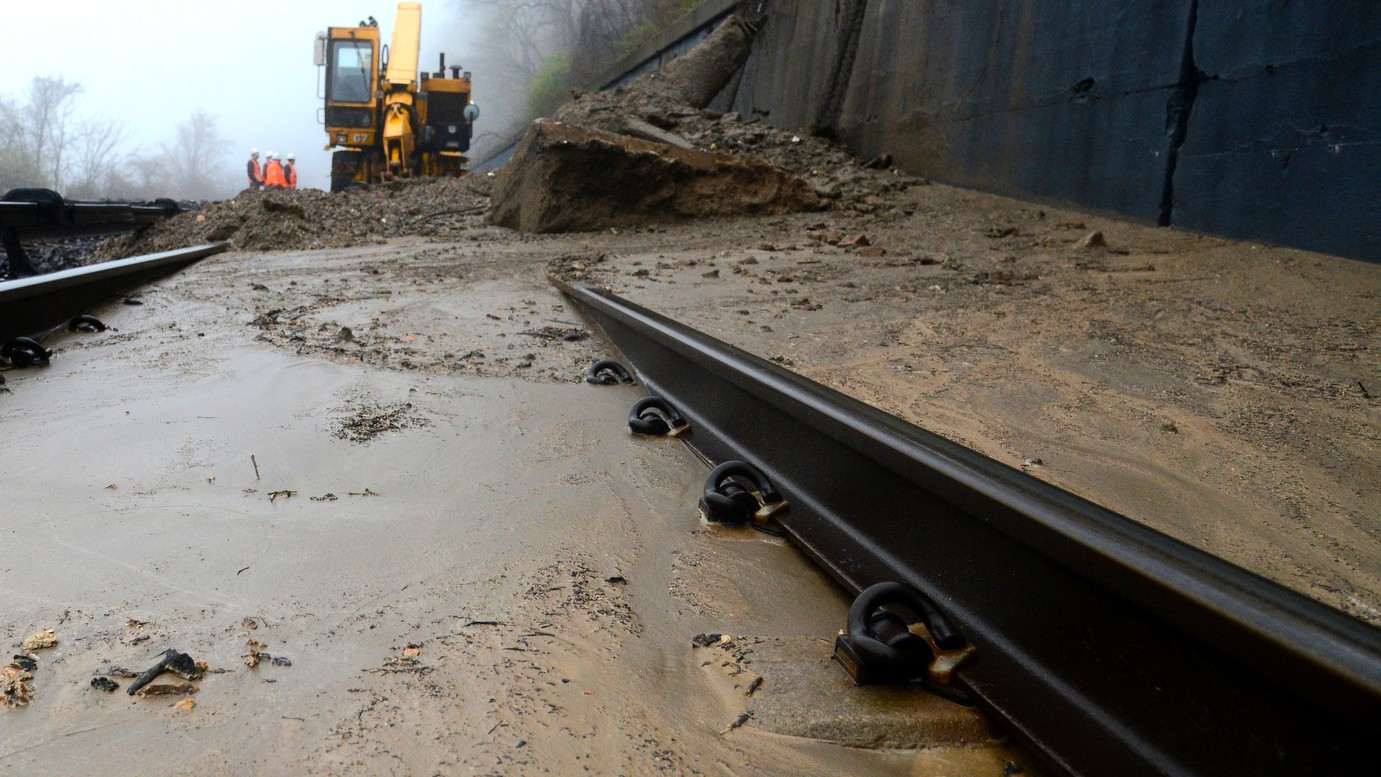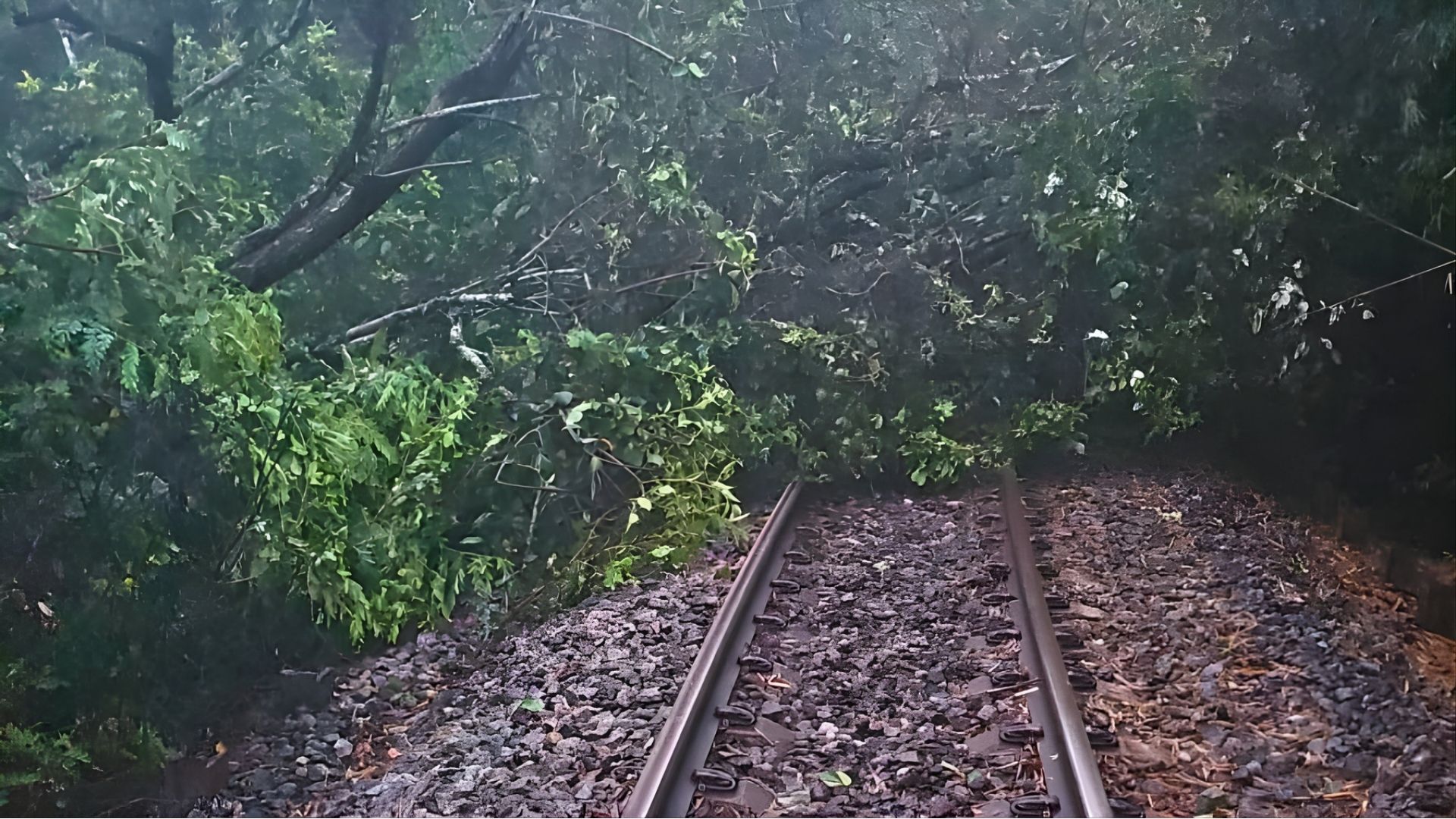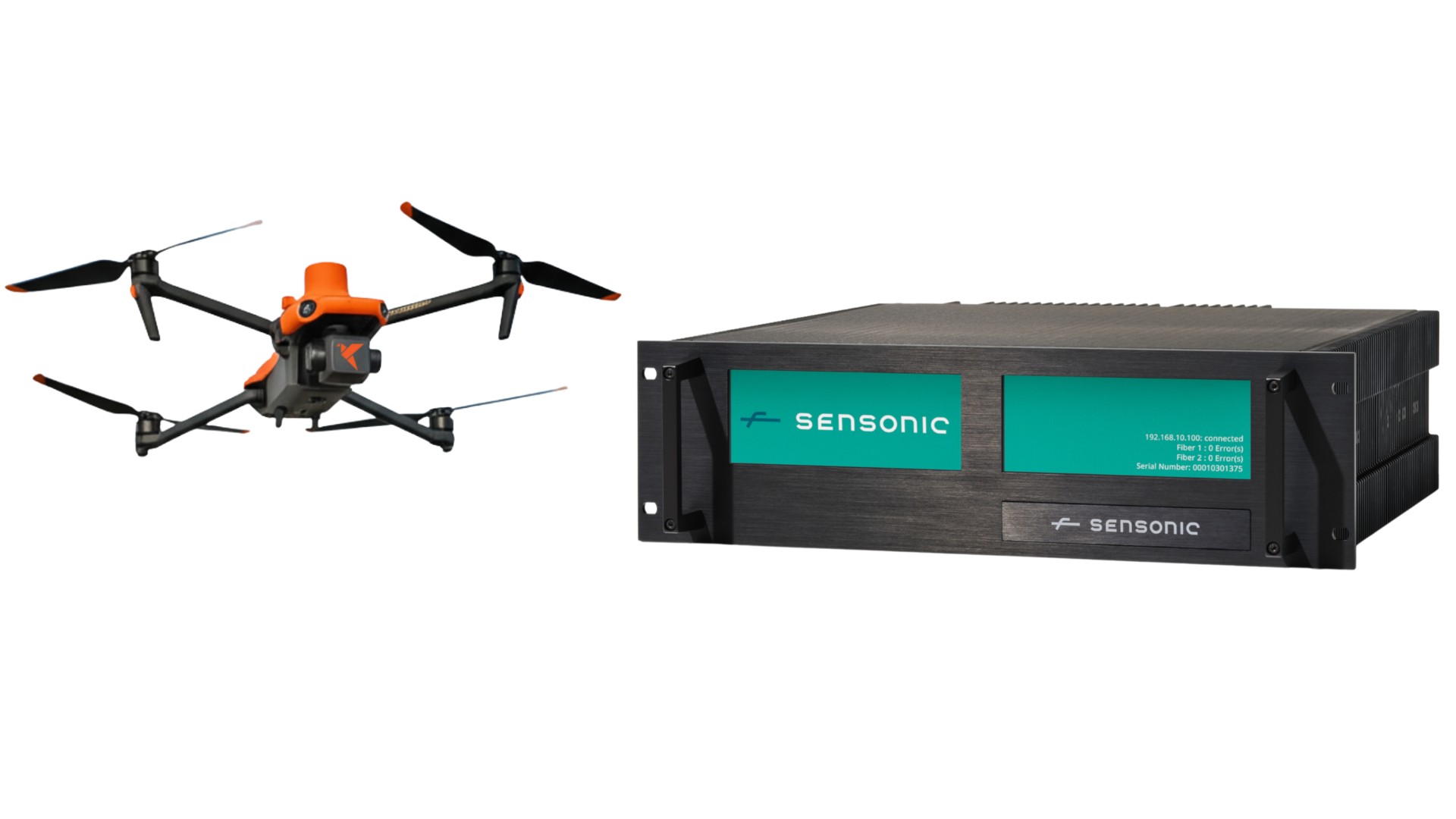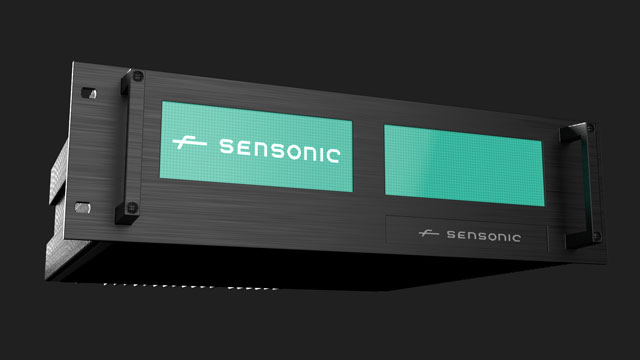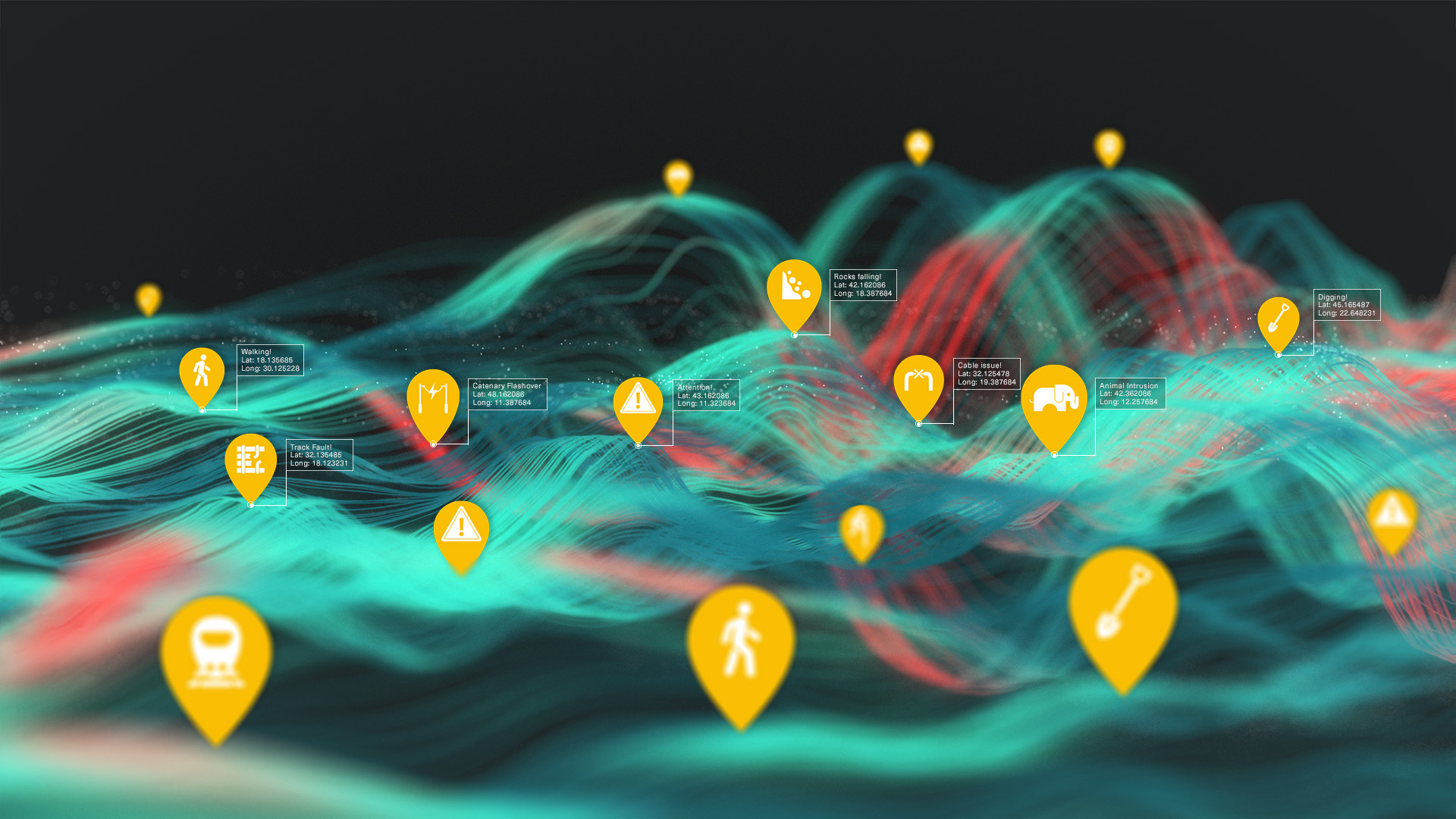It is 22:40 on a Friday night. A young man has had a few drinks and decides to take a joyride in his father’s new Tesla. He is showing off to impress his new girlfriend.
With a 0-100 time of around 4 seconds and a host of driver aids flattering his inflated driving ego, he approaches a bridge too fast. The driver reacts and attempts to push the brake pedal to slow the car for the turn ahead taking him onto the bridge.
He misses.
Car calamity
Whether it is the young drivers inexperience, alcohol impairment, or simply being unfamiliar with his dad's new car, the result is the same. He hits the accelerator instead of the brake, propelling him and his horrified partner faster and faster towards the bridge wall.
By the time his impaired reactions have responded, it is too late.
At 22:43:20* the two-tonne Tesla crashes through a pedestrian barrier, barely slowing its progress. A fraction of a second later, the car demolishes the concrete bridge parapet wall beyond. The car crashes off of the overpass, landing below in a hail of rubble and dented metal. The late hour means fortunately the pedestrian path was empty, but that also means no one witnessed the accident.
As the smoke from the airbags clears in the cabin, the dazed driver and passenger regain their senses. Looking through the darkness, they realise their plight. They are stuck in a stricken car on top of a railway track.
Unknown to our dazed occupants, 5 minutes and 27 seconds* away, a freight train rapidly approaches.
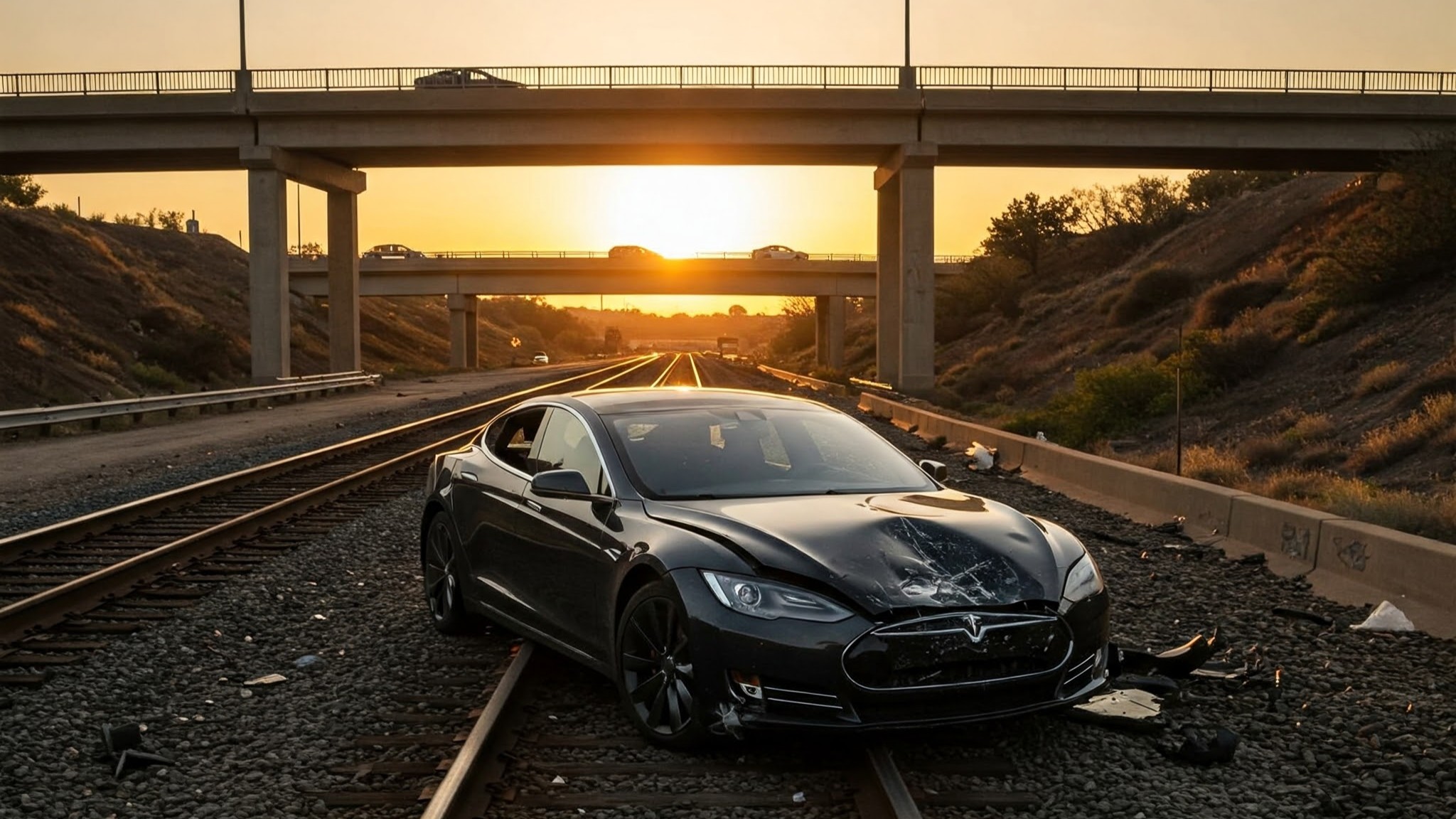
Real railway accident data
Image for illustration (AI Generated)
The technology turning point
Without a witness this auto accident may evolve into a rail wreck too.
This is where technology can offer a turning point. Fiber optic sensing technology can help provide on-site insight and secure better outcomes for this story and the many others like where vehicles accidentally end up on rail tracks.
When Sensonic Distributed Acoustic Sensing (DAS) is implemented to monitor for vehicle intrusion/impact, a car crashing onto the rail track can be detected, located and alerted automatically. Distributed Acoustic Sensing provides the ability to listen to long lengths of rail route autonomously. If you've not heard of it before, then find out more about DAS here.
This DAS 24/7 listening technology, combined with the advanced algorithms already developed, triggers an automatic intrusion alert. The real-time alert coupled with the precise location enables rail controllers to know something has happened and where it is allowing them to act, to alert train drivers and emergency services and potentially to avert a rail disaster.
In our story the sonic safety net has not yet been deployed. So we watch as a helpless "data spectator", using this accident to highlight what could have been. If your railway would be interested in bringing vehicle intrusion alerts to your network, contact us to discuss this opportunity in more detail.
Back to the automotive accident autopsy
The train approaches at 102kph (63mph)*. The train driver rounds the curve and sees people running towards him and a car ahead fouling the track. He applies the emergency brakes at 22:48:41*. The car is around 100m away - Too close to stop.
Around 5 seconds* after applying the emergency brake, the locomotive pushed by 2000t of freight behind smashes through the car with an impact speed of around 95kph (59mph)*.
The wreckage of the car is pushed, rolled and dragged for around 100m along the track. Eventually the twisted ball of mangled metal is pushed to one side as the train thunders past screeching slowly to a stop.
22 seconds pass after the initial impact before the train comes to a stop 350m* past the initial point of impact. The time to stop the train passes excruciatingly slowly, seeming like an eternity to the train driver, who has already started making an emergency call. Physically the train driver can do nothing but wait until the train comes to a screeching stop at 22:49:09*.
Thankfully today, the train remains upright and stays on the rails. Today there are no secondary collisions, cargo damage, spillage of hazardous materials or fires within the carried freight. Other train drivers are not always so lucky.
Emergency responders arrive on-scene at 22:54, stopping all traffic on the multi-track railway and beginning a frantic search for casualties within the twisted wreckage of the car.
Seconds from Death
Many minutes later, as the search turns from survivors in the car to looking under the train for human remains, witnesses come forward to speak to the emergency responders. Witnesses recount seeing and helping 2 people who escaped from the vehicle just before impact. These two survivors appeared to have only minor injuries, but they fled the scene.
Becoming a data detective, we can see just how close disaster was for the people in the car. Their footsteps can be “heard” by the DAS system which records them fleeing their stricken vehicle. They run toward the train, perhaps in an attempt to warn it.
Less than 70 seconds* separated the car driver and passenger from disaster.
* Highlighted timings, speeds and distances in our story are taken from recorded DAS data from a real railway accident.
Movie make believe?
This story may seem like something from a Hollywood movie; However, as the data shows it is based on very real events. Similar tales unfold around the world every day, often sadly with tragic endings.
We at Sensonic are using the capabilities of Distributed Acoustic Sensing to help secure the best outcome for both road and rail users. If DAS vehicle intrusion protection from Sensonic been present above, rail operations controllers would have had over 5 minutes to intervene to prevent a rail accident.
We can’t prevent road accidents, but we can help stop them turning into rail disasters.
When would you like to integrate this protection into your railway?
